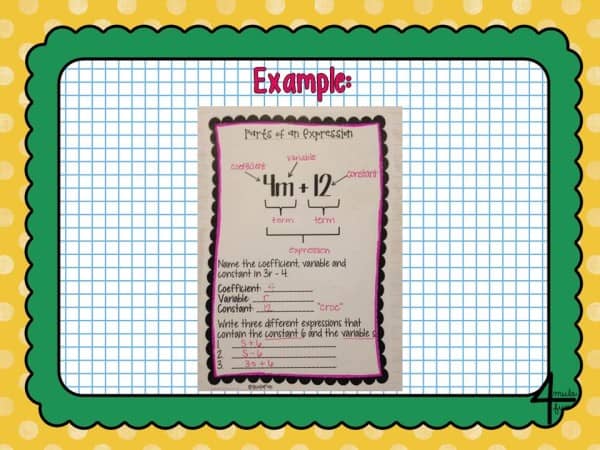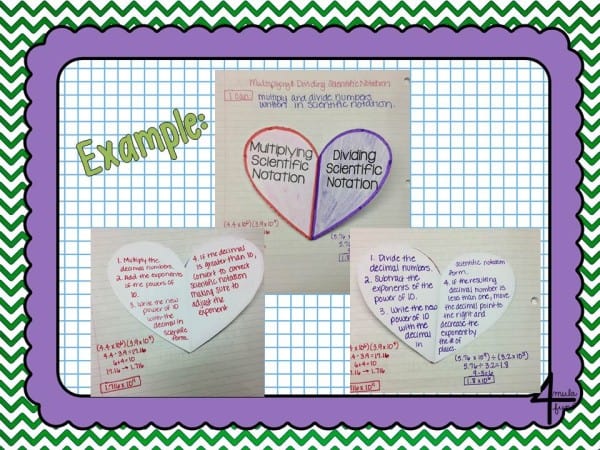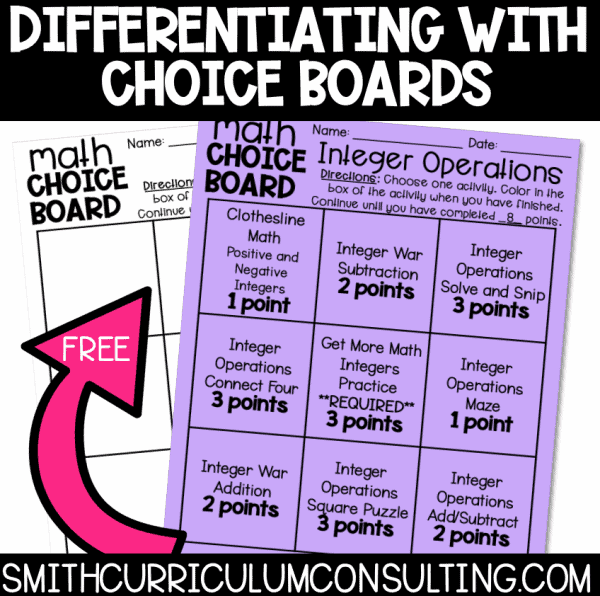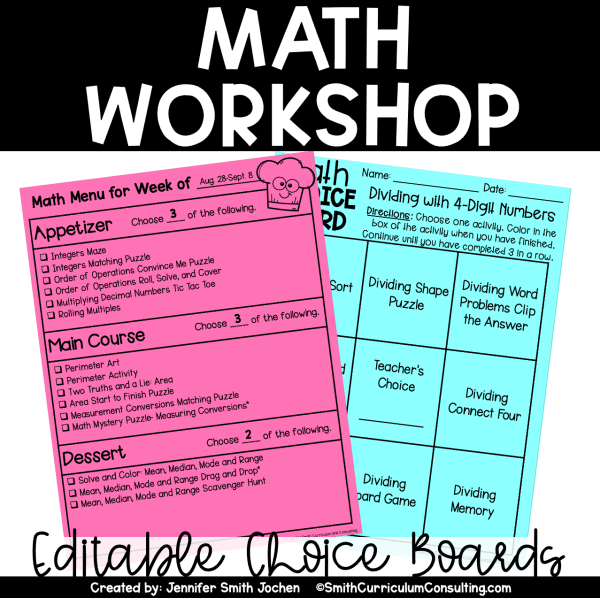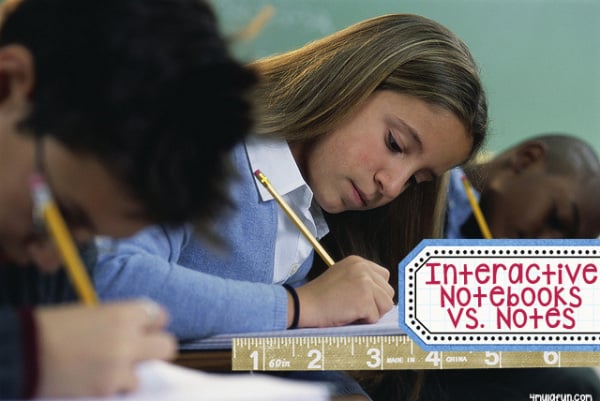
I’m often asked, “What is so different about Interactive Notebooks? Aren’t students just taking notes?” Well, yes and no. The basic definition of an Interactive Notebook is a notebook that combines items that have been learned in the classroom in an engaging manner and allows the student to follow up on what they have learned through a process of reflection or interactive activity.
When I am working on Interactive Notebook units, I have one thing in mind, How can I do something different to engage my students so that the information that they need to understand about this topic will STICK?
Ever since I took my first graduate course in Curriculum and was writing lesson plans, I started looking at them from the eyes of a student. What did I truly want them to understand but also how I was going to make sure they were involved and truly understood what was being taught.
From that point (back in 2005), I started doing things in my class that involved more than just visual and auditory learning. I wanted my students using multiple learning styles in each and every lesson to engage every neuron in their brain.
True learning happens when these neurons continue to transmit data along synapses in our brain that become stored in our short-term memory and then as we continue to build on what we are learning and comparing that information to things that we have already learned, the new material becomes embedded in our long-term memory. Sounds like something that might take quite a long time but truly it happens very quickly.
As an educator who has neurological difficulties (I’ve had Epilepsy since I was 10 and in 5th grade), I am now seeing how important moving material into long-term memory is crucial and therefore it is what drives me to continue to develop interactive learning materials.
As you can see from the examples provided (all from Interactive Notebook Unit in my TpT store), each of these allows a student to engage their auditory and visual learning styles along with their kinesthetic learning styles in one lesson and this is ONLY the lesson. Activities that are added in are able to engage other learning styles as well.
Yes, Interactive Notebooks have notes but those notes are resources that students complete to help build a knowledge base that they will continue to use from here on out.
As the teacher facilitating the use of Interactive Notebooks in your classroom you are the guide. You set the tone for how the Interactive Notebooks will be used and demonstrating the benefits that they possess.
Feel free to check out more information on “How the Brain Learns” by Donald J. Ford.


